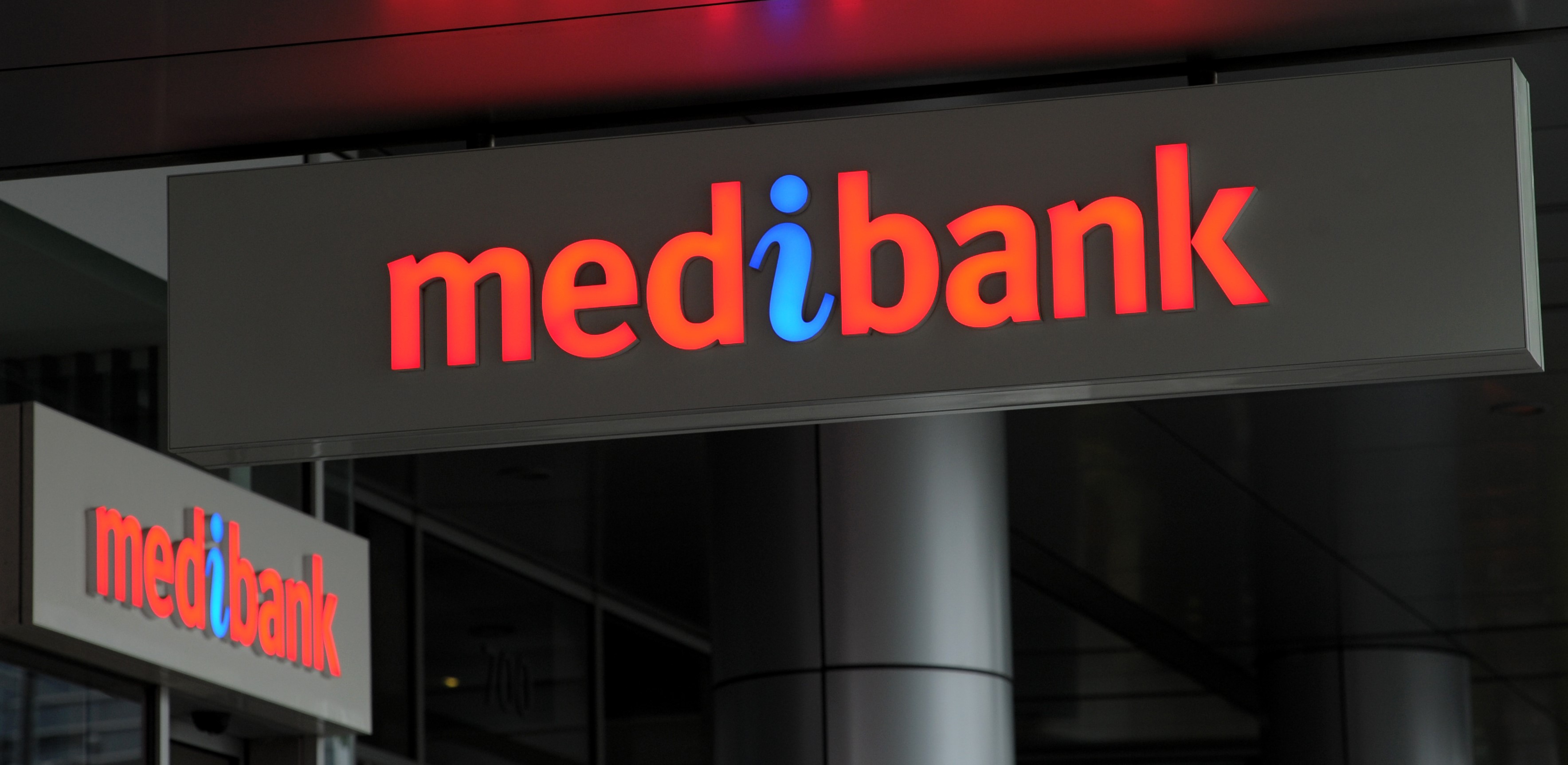Medibank Private is under fire for using outdated figures to claim health costs are out of control
Medibank Private is under fire for using outdated figures to claim that Australian healthcare is sinking into “market failure” with costs exceeding those of the US and Europe.
Medibank’s executive general manager Andrew Wilson said the health system showed signs of market failure, with rising costs for care, surgery, prostheses and insurance that were “not competitive” with many countries overseas.
Writing in The Australian newspaper, he said the nation’s largest health fund was urging the Productivity Commission to address the problem, partly by improving access to information, including specialists’ fees.
However, the Private Hospitals Association has blasted Mr Wilson for citing figures from the International Federation of Health Plans (IFHP) report from 2013, when the Australian dollar was exceptionally strong.
The 2015 IFHP report showed Australia was not the most expensive country on any measure, it said.
“Medibank obviously chose the out-of-date report because in 2013, the Australian dollar was extremely strong against the United States dollar, which distorted the international comparisons,” the association’s CEO Mr Michael Roff said.
Where Mr Wilson had claimed cataract surgery was more costly in Australia in 2013 than in comparable health systems, including the US and New Zealand, in fact the average cost in Australia was 16% lower than the US in 2015, he said.
“Medibank have been caught out presenting meaningless and-out of-date data and misrepresenting the true picture in order to further their own cause.”
Susi Tegen, chief executive of the Medical Technology Association of Australia, which represents prostheses and device makers, said the claims were a distortion of facts to suit the private health funds’ agenda.
“The biggest market failure is an industry that has created tens of thousands of different policies, many of them ‘junk’, which do not provide the cover consumers expect,” she said.
“Instead of putting patient outcomes at the forefront of any reform, private funds are driven by only one thing – increasing their profits.”
AMA President Dr Michael Gannon conceded that cataract surgery was “probably one of the item numbers where the fee is regarded as being high”, but there were many areas where the Australian system performed better than comparable countries.
“I would challenge Medibank to find too many other individual operations where we don’t perform very well,” he told the ABC.
Asked whether patients should have access to specialists’ fees so they could make informed decisions, Dr Gannon said the issue was not so important to most patients since they paid nothing.
“The vast majority of cataract operations, like the vast majority of all operations in Australia, are provided at no gap level,” he said.
“Eighty-six per cent of operations, there is no gap to the patient. Another 7%, there’s a known gap of less than $500.
“So, when we look at the increase in the costs year-on-year in private health care, the doctor’s fee represents a very small part of that. So, let’s look at the problem. The doctor’s fee is very rarely the issue.”
The IFHP 2015 report, comparing prices for a range of drugs, diagnostics and surgical procedures, can be found HERE.


